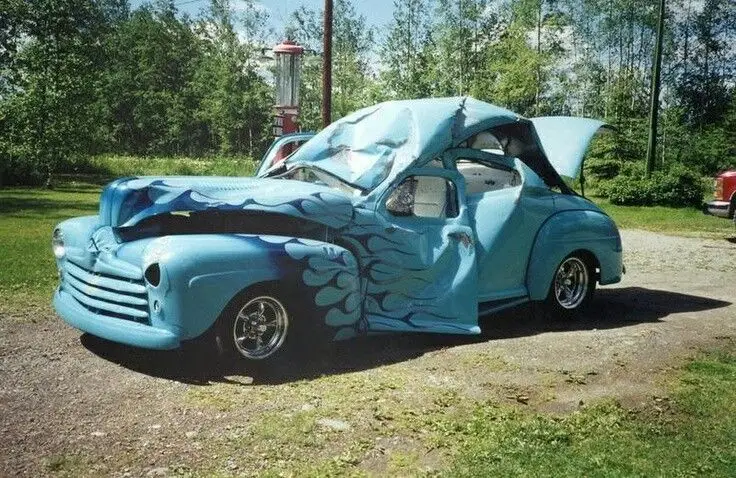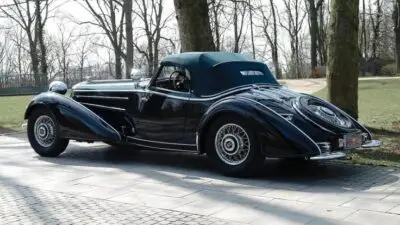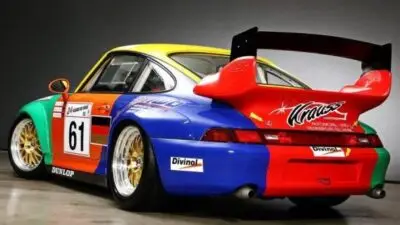The automotive world has seen many successes, but it has also experienced notable failures that stand out for their spectacular nature. Vehicle models that were expected to revolutionize the industry often ended up being cautionary tales about overambition and misjudgment. This article explores ten of the most significant automotive failures in history, shedding light on what went wrong and the lessons learned.

These failures exemplify how even the biggest names in the industry can misstep. From design flaws to marketing miscalculations, the stories behind these automotive flops reflect the risks inherent in innovation and consumer expectations. Understanding these events offers valuable insights into the complexities of car manufacturing and the ever-changing demands of drivers.
1) Ford Edsel

The Ford Edsel was introduced in 1958 as a new line of cars aimed at a middle-class market. It was meant to fill the gap between Ford and Mercury. Despite high expectations, the Edsel quickly became a failure.
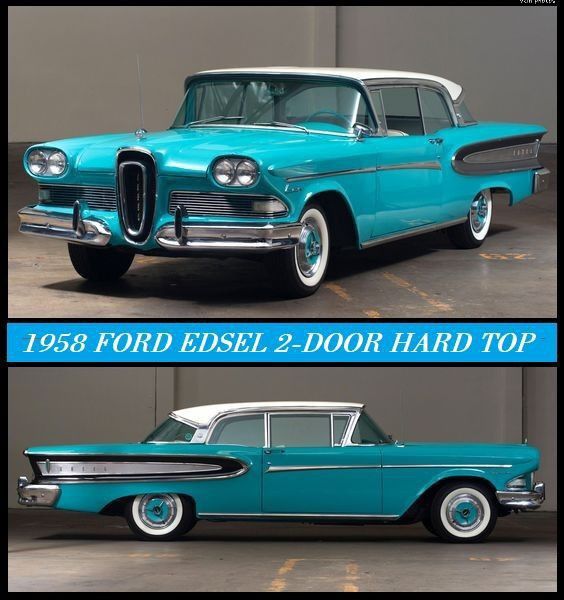
Many issues contributed to its downfall. There were reports of faulty welds and leaky trunks. Other problems included a complicated feature called Teletouch, which confused many drivers.
Public perception also played a major role in its failure. The design was seen as unattractive and odd. Many consumers did not connect with the brand’s image.
Ford produced the Edsel for just three years, from 1958 to 1960. It is often considered one of the biggest automotive flops in history. The name “Edsel” has become synonymous with failure in the automotive industry.
For more details on why it failed, visit this article about the Ford Edsel’s failure.
2) Chevrolet SSR

The Chevrolet SSR was a unique vehicle that blended a pickup truck with a convertible. It was produced from 2003 to 2006 but did not meet sales expectations.

Many critics pointed out its high price and limited cargo space as major drawbacks. The design, while eye-catching, did not resonate with a wide audience.
Some buyers found the ride uncomfortable and performance lacking compared to traditional sports cars. It attempted to combine style and utility, but the result was underwhelming.
Despite its innovative concept, the SSR struggled to find its place in the market. It became known as a rare example of an automotive misstep.
Chevrolet aimed for nostalgia and creativity, but the SSR’s flaws overshadowed its charm. The vehicle remains memorable yet symbolizes one of Chevrolet’s notable failures in automotive history.
For more details on the SSR’s missteps, see the article on Biggest Automotive Missteps: Chevrolet SSR.
3) Cadillac XLR / XLR-V

The Cadillac XLR was introduced in 2004 as a luxury sports car. It was built on the same platform as the Chevrolet Corvette, aiming to attract a different market segment.
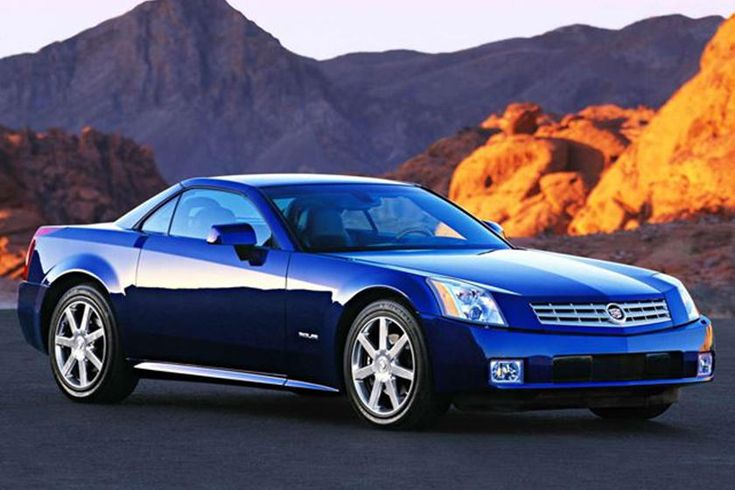
Despite its promising design and upscale features, the XLR struggled to find buyers. Many critics pointed out that it was priced too high for its market and lacked the performance expected from a sports car.
The XLR-V variant had a more powerful engine, which some thought would boost its appeal. However, it still failed to impress buyers, leading to disappointing sales figures.
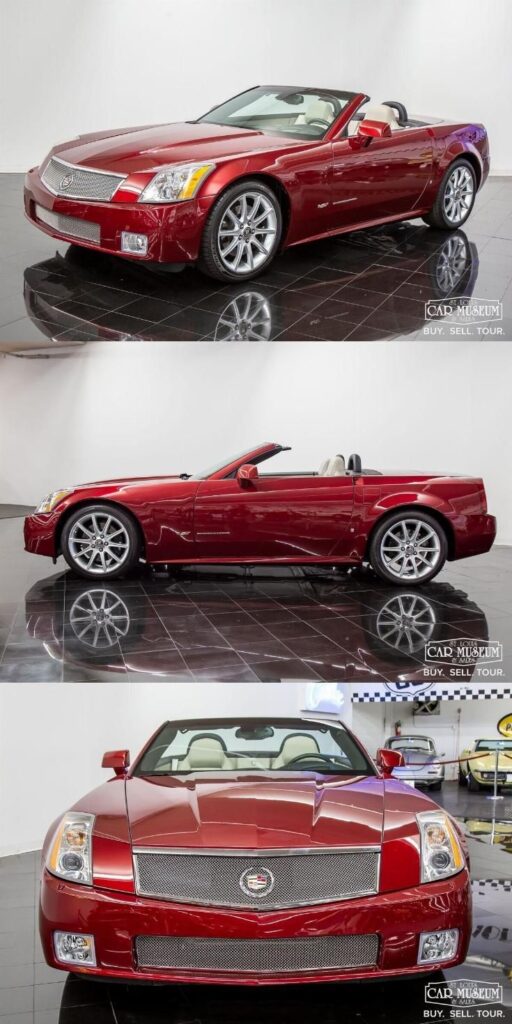
The marketing efforts for the XLR also missed the mark, which contributed to its decline. Many believe that General Motors did not effectively communicate the car’s unique advantages.
In the end, the Cadillac XLR is often remembered as one of the significant automotive flops. It serves as a case study on the importance of market alignment and effective marketing strategies in the auto industry.
4) Buick Cascada

The Buick Cascada was introduced in 2016 as a convertible model aimed at offering style and an open-air driving experience. It marked Buick’s return to the convertible market after many years.
Despite its attractive design, the Cascada struggled in the competitive convertible market. Sales were lower than expected, leading to its discontinuation in 2019.
Many viewed the Cascada as a missed opportunity for Buick. Critics pointed to its high price for a midsize car without delivering the performance expected in a sports model.
In reviews, the Cascada often received mixed feedback. While it was praised for its comfortable ride and upscale interior, many felt it lacked the sporty performance seen in rival models.
The Buick Cascada became known as a symbol of misunderstanding in automotive design. It was seen as a stylish option, but it failed to resonate with buyers seeking more than just aesthetics.
5) Chevrolet Tahoe Hybrid

The Chevrolet Tahoe Hybrid faced many challenges after its release. While it aimed to combine the power of an SUV with the fuel efficiency of a hybrid, it fell short in several key areas.
Many drivers reported that the hybrid system was not very reliable. Issues included poor performance and high maintenance costs, leading to disappointment among owners.
Fuel economy ratings were also lower than expected. This made many potential buyers question the benefits of choosing a hybrid model.
The Tahoe Hybrid struggled in a competitive market full of more reliable options. As a result, it did not achieve the success Chevrolet had hoped for.
Consumers often chose traditional SUVs over the hybrid model, which impacted sales. This lack of interest contributed to the Tahoe Hybrid being considered a commercial failure.
For more insights into why the Chevrolet Tahoe Hybrid did not succeed, you can read more here.
6) Aptera Motors 2e

The Aptera Motors 2e was an electric vehicle that aimed to impress with its unique design and efficiency. It featured a three-wheeled structure, which made it stand out in the automotive market.
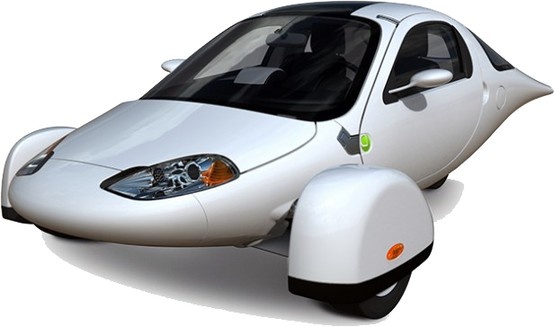
Despite its innovative approach, Aptera faced significant challenges. Economic conditions created a difficult environment for attracting investors. This lack of support ultimately led to the company shutting down in 2011.
Many people admired the 2e for its potential. However, it struggled to deliver on its promises. Issues with production and management contributed to its downfall.
The saga of Aptera highlights the difficulties that electric vehicle startups often encounter. Despite having a novel concept, the 2e could not overcome these obstacles. The story remains a cautionary tale in the auto industry, showing that even the brightest ideas can fail without essential backing.
7) Pontiac Aztek

The Pontiac Aztek was introduced in 2001 as a compact SUV. It aimed to attract younger buyers with its unique design and features.

Despite its intentions, the Aztek became notorious for its appearance. Many critics labeled it one of the ugliest cars ever made. The design choices did not resonate with consumers.
Sales figures reflected this disconnect. The Aztek struggled to find a market and was discontinued in 2005.
Its reputation has remained strong, often appearing in discussions about automotive failures. The Aztek’s failure is attributed to its controversial styling and poor marketing strategies.
Some enthusiasts appreciate its quirky features, but general opinion leans toward disdain. Today, it serves as a reminder of how important design and consumer appeal are in the automotive industry.
For a deeper dive into the story behind the Aztek, check out more on its histories of failure.
8) DeLorean DMC-12

The DeLorean DMC-12 was launched in the early 1980s and became an iconic vehicle, mainly due to its appearance in the “Back to the Future” movies. Its futuristic design featured gull-wing doors and stainless steel body panels.
Despite its stylish look, the DMC-12 faced significant challenges from the start. The car was underpowered, and production issues led to quality control problems. Only about 9,000 units were produced before the company faced bankruptcy.
The DeLorean Motor Company struggled to compete with more established car manufacturers. They did not fully understand the rising popularity of affordable, efficient imports. This lack of market insight contributed to the failure of the DMC-12.
The DeLorean remains a fascinating example of ambition and failure in the automotive industry. It illustrates how even the most eye-catching designs can falter without strong planning and execution. Over time, it has gained a cult following, but its commercial journey remains a cautionary tale.
9) Amphicar Model 770

The Amphicar Model 770 is a unique vehicle. It was produced in the 1960s and is known for being both a car and a boat. This amphibious design aimed to combine two modes of transportation.
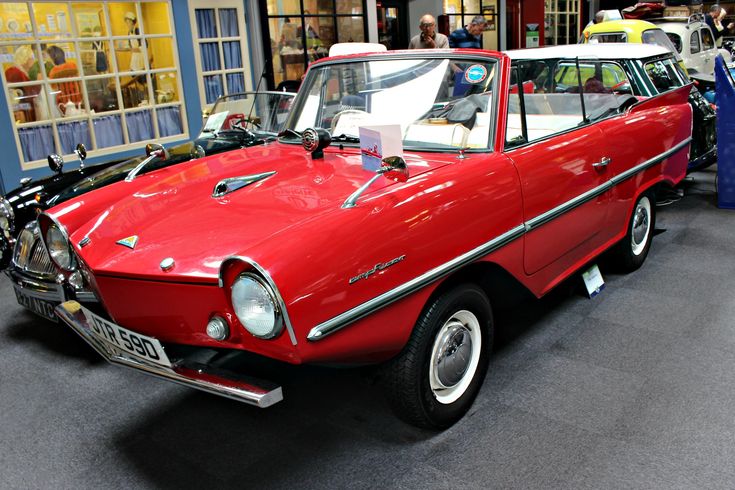
Despite its innovative concept, the Amphicar did not succeed commercially. Many buyers found it hard to use in both water and on land effectively. Its performance did not meet expectations.
The car featured a Volkswagen engine and could reach speeds of 7 knots on water. This was not fast for boating standards, making it less appealing to water enthusiasts.
Collectors appreciate the Amphicar today for its quirky design and rarity. It has become a sought-after classic car among enthusiasts. The story of the Amphicar remains a prime example of ambition and failure in automotive history.
For those interested in its features and history, a detailed look can be found in articles such as this one about the Amphicar Model 770.
10) Trabant

The Trabant was produced in East Germany from 1957 to 1990. It became a symbol of the country’s struggles with a poor economy and heavy government control. Most Trabants were made from a plastic-like material called Duroplast.
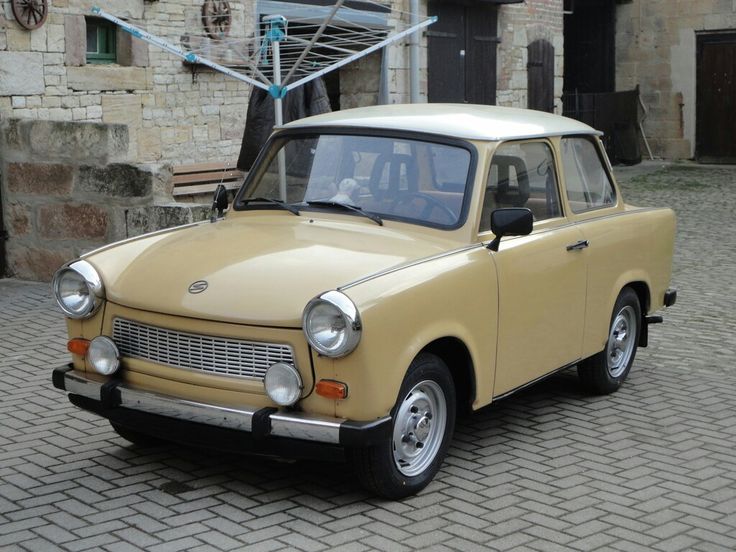
Despite its many flaws, the Trabant was popular for its affordability. Many East Germans waited up to 13 years to get one. This long wait highlighted the difficulties of living in a socialist state.
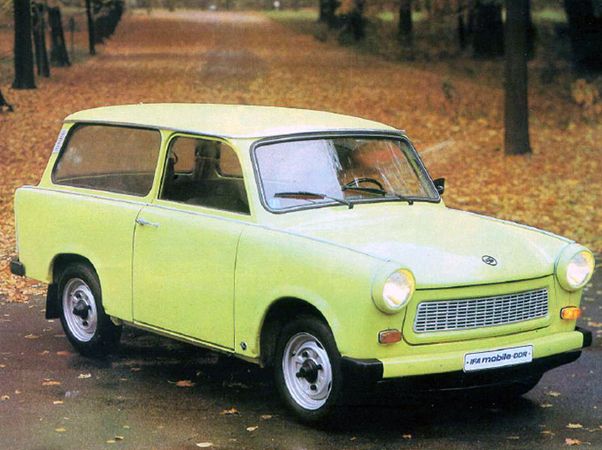
The car was known for its lack of power and frequent breakdowns. Its two-stroke engine was infamous for smoking excessively. Many considered it one of the worst cars ever made, with basic features and limited performance.
Even with its shortcomings, the Trabant held a unique place in automotive history. It became a cultural icon that represented life behind the Iron Curtain. The car’s image remains strong in discussions about automotive failures.
Impact on Automotive Industry

The failures in the automotive industry have significant effects. They influence the economy and shape how manufacturers approach design and marketing.
Economic Repercussions
Automotive failures can lead to major economic issues. When a vehicle fails in the market, it often results in lost jobs and lower sales. Major manufacturers may face bankruptcy or need government bailout, as seen during the 2008–2010 automotive industry crisis.
In addition, these failures can cause a ripple effect. Parts suppliers, dealerships, and service centers may also suffer financially. Consumer trust can decline, leading to decreased sales across the industry. This financial impact can last for years, affecting everything from stock prices to investment in new technologies.
Influence on Car Manufacturers
Car manufacturers learn valuable lessons from failures. They often revisit their design and marketing strategies after a big flop. As a result, there is a shift toward consumer safety, quality assurance, and innovative technology.
Failures encourage companies to prioritize research and development. They seek to avoid past mistakes by improving their products. For instance, after the Ford Pinto’s safety issues, many manufacturers focused on crash safety standards. Failures also push automakers to listen more closely to consumer feedback, leading to better overall vehicle designs and features.
Technological Lessons Learned

Reflecting on significant automotive failures reveals critical lessons in safety and engineering. These lessons have shaped how vehicles are designed and manufactured today, ensuring better performance and greater safety for drivers and passengers alike.
Safety Innovations
Many automotive failures have led to groundbreaking safety innovations. For instance, after various accidents involving faulty seatbelt systems, manufacturers began to develop more reliable features. These included:
- Pre-tensioners that tighten seatbelts during a collision.
- Airbags that deploy promptly to cushion impact.
Additionally, safety features like electronic stability control emerged after the analysis of crashes involving loss of control. This technology helps maintain traction and stability, reducing the chances of rollovers and severe accidents.
One infamous failure, the Ford Pinto, prompted more rigorous safety regulations. It highlighted the importance of crash testing and better fuel tank designs to prevent fires, pushing the industry toward stricter standards.
Engineering Improvements
Engineering has also advanced significantly due to past failures. For example, the ambitious designs of nuclear-powered cars and jet-powered cars showcased the perils of impractical engineering concepts. These bold experiments often resulted in underperforming vehicles and costly failures.
As a result, modern engineering focuses on feasibility and safety. Automation in manufacturing ensures that components meet high standards. Improved testing protocols assess performance under various conditions, decreasing the likelihood of failure.
Moreover, many innovations, like lightweight materials and efficient engine designs, emerged from studying past disasters. These changes not only enhance performance but also contribute to better fuel efficiency.
By learning from these lessons, the automotive industry continues to evolve, emphasizing safety and reliability.
Frequently Asked Questions

This section addresses common inquiries about notable failures in the automotive industry. It covers specific models, companies, and characteristics that define automotive failures.
What are some of the top automotive failures in history?
Some of the most significant automotive failures include the Ford Edsel, known for its poor sales and strange styling. The Chevrolet SSR also struggled as a convertible pickup that failed to attract buyers. The Cadillac XLR aimed for luxury but missed the mark in performance.
Which car companies experienced notable failures?
Many companies have faced failures, including Ford with the Edsel and General Motors with the Chevrolet SSR. Other manufacturers like Buick struggled with the Buick Cascada, while Cadillac’s XLR was a disappointment in sales.
What makes a car a failure in the automotive industry?
A car is often considered a failure if it suffers from poor sales, negative reviews, and lacks consumer interest. Factors like design flaws, high prices, or failure to meet market demands can contribute to its status as a flop.
Which cars are considered the worst ever manufactured?
Cars often labeled as the worst manufactured include the Ford Edsel and the Chevrolet SSR. Models like the Cadillac XLR also make this list due to mismatched expectations and disappointing performance.
What car features have been significant failures?
Features that have been significant failures often include advanced technology that is not user-friendly. For example, the Chevrolet Tahoe Hybrid faced issues with its hybrid system, limiting its appeal to consumers looking for efficiency without complexity.
Which cars are known for being the most unreliable?
Cars known for unreliability include various models from brands that failed to deliver on quality. The Buick Cascada faced criticism for build quality, and certain Cadillac XLR models were noted for their mechanical issues, impacting their reputation.
